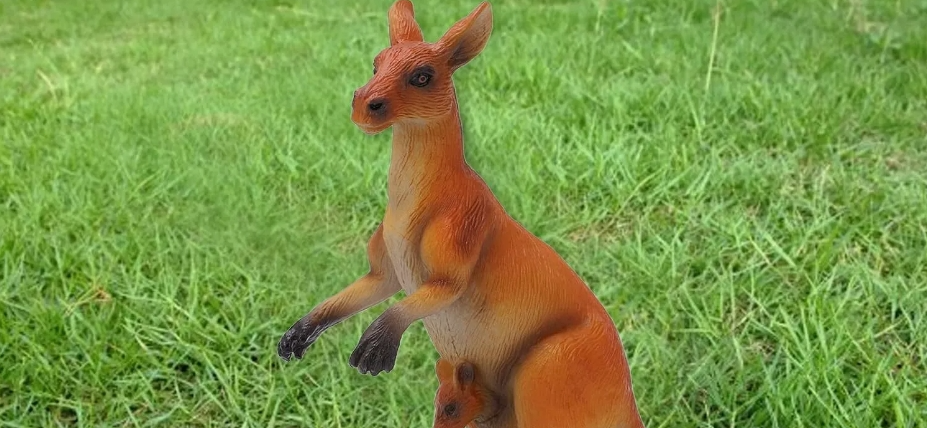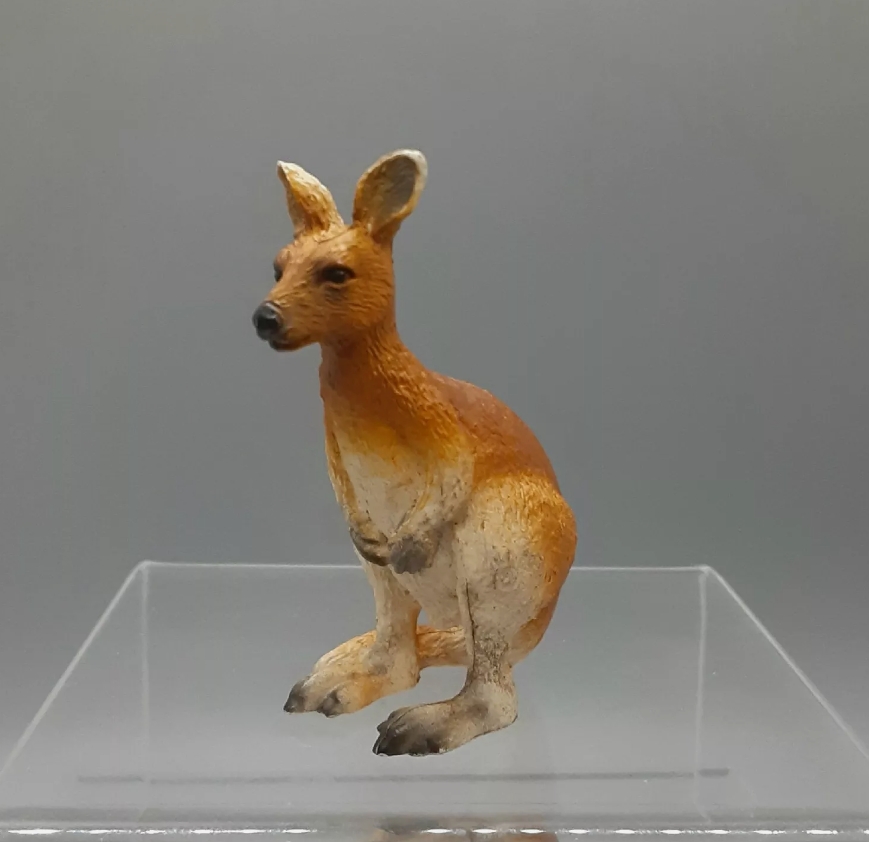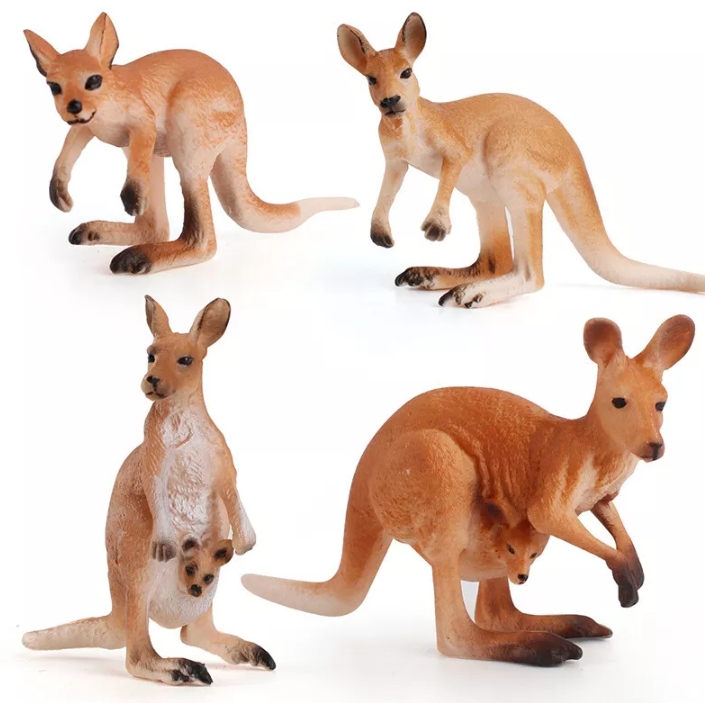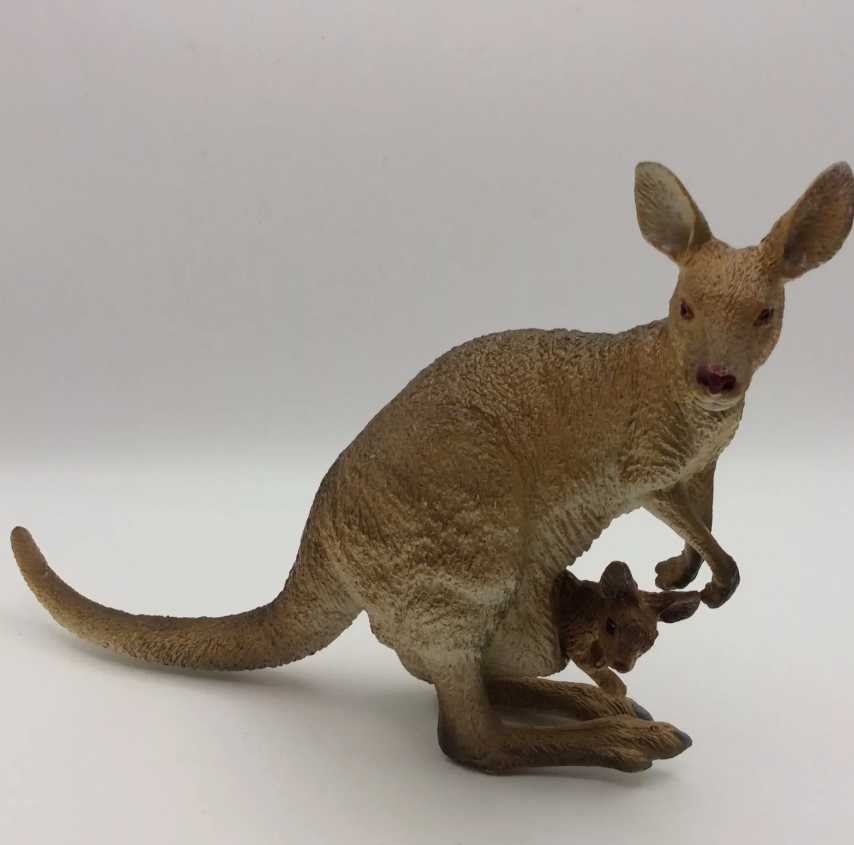The kangaroo model is a multidisciplinary framework for the simulation and analysis of complex systems that draws on the hopping characteristics of kangaroos in nature to exhibit efficient dynamic characteristics and adaptive capabilities. The core idea of the kangaroo model is to deal with the changing environment through adaptive algorithms and nonlinear dynamic behavior, so as to achieve optimization and decision-making.
The main advantage of this model is its flexibility. Just like a kangaroo can jump across a variety of terrains, kangaroo models can adapt to different system requirements and show good performance in clustering, classification, and regression analysis. For example, in the field of machine learning, the kangaroo model solves the problem of data imbalance in an adaptive way, and can adjust the weight in time during training, thereby improving the prediction accuracy of the model.
At the application level, kangaroo model is widely used. It can be used in many fields such as economic forecasting,ecological environment monitoring,and engineering optimization. Due to its good convergence and global search ability, kangaroo model shows good results in solving complex problems such as multi-objective optimization and dynamic resource allocation. By simulating different states and paths, researchers can gain insights into the system's behavior and develop more effective strategies.
In the process of implementation, the kangaroo model also faces some challenges. For example, the selection and adjustment of model parameters have a significant impact on the final result and should be treated with caution. In addition,how to effectively overcome the overfitting problem in the training process,as well as the computational efficiency on large-scale data sets,are the focus of current research. Therefore,the further improvement and optimization of kangaroo model is still an important direction of future research.




